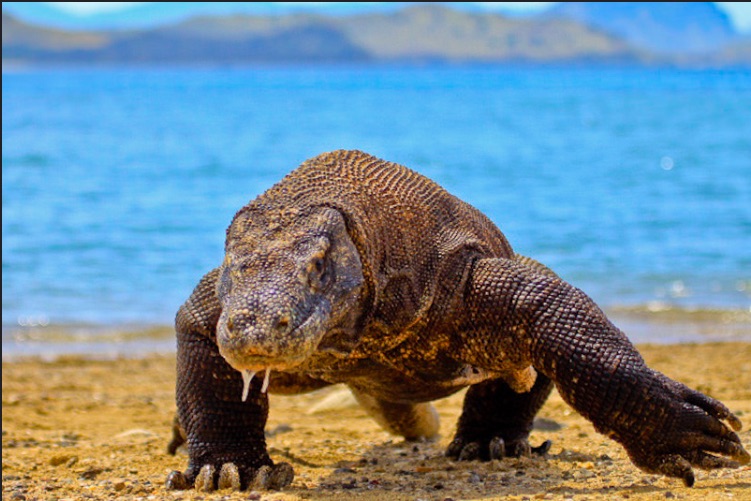In a move that some might say not is not really surprising (remember the Borobudur temple saga?), the proposed price hike for Komodo National Park will be postponed until next year amid brouhaha surrounding the police.
East Nusa Tenggara (NTT) provincial government’s Tourism Agency Chief Zeth Sony Libing told reporters yesterday that the proposed entry fee of IDR3.75 million (US$250) – which would be for an annual pass – originally scheduled to come into effect on Aug. 1 has been postponed until Jan. 1 next year.
“The NTT provincial government is giving a dispensation of five months, [in other words] the old prices to enter Komodo Island and Padar Island are still in effect,” he said.
Komodo Island and Padar Island are the two biggest islands of Komodo National Park. Another site famous for its dragons in the park is Rinca Island. The park also includes 26 smaller islands.
For the time being, Sony said, domestic travelers can still pay IDR75,000 (about US$5) per person to enter Komodo Island and Padar Island, while international travelers are required to pay double that amount.
Sony explained that President Joko Widodo himself suggested the postponement, while the agency also took in advice from various figures in NTT’s West Manggarai Regency.
Separately, Tourism and Creative Economy Minister Sandiaga Uno said in his weekly press briefing yesterday that the government will keep on working on a solution to simultaneously ensure that economic recovery and conservation of the dragons could go hand in hand.
As previously reported, amid ongoing protests from local guides and tourism associations following an entry fee hike for the two main islands of Komodo National Park, the House of Representatives (DPR) asked the central government to reconsider the plan.
Last week, Dede Yusuf, the deputy chair of DPR’s Commission X overseeing tourism affairs, said parliament was never consulted about the new price policy, which covers the islands of Komodo and Padar.
An op-ed featured on The Conversation strongly criticized Komodo National Park’s management, highlighting the park’s business-oriented tourism, minimum conservation measures, and neglect of locals who depend on community-based tourism, after their previous main sources of income, agriculture, was set aside in favor of the growing tourism industry.




